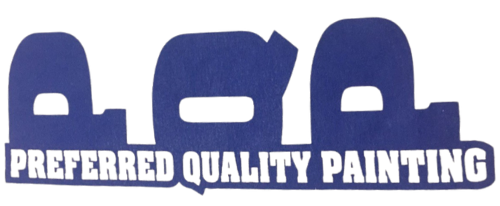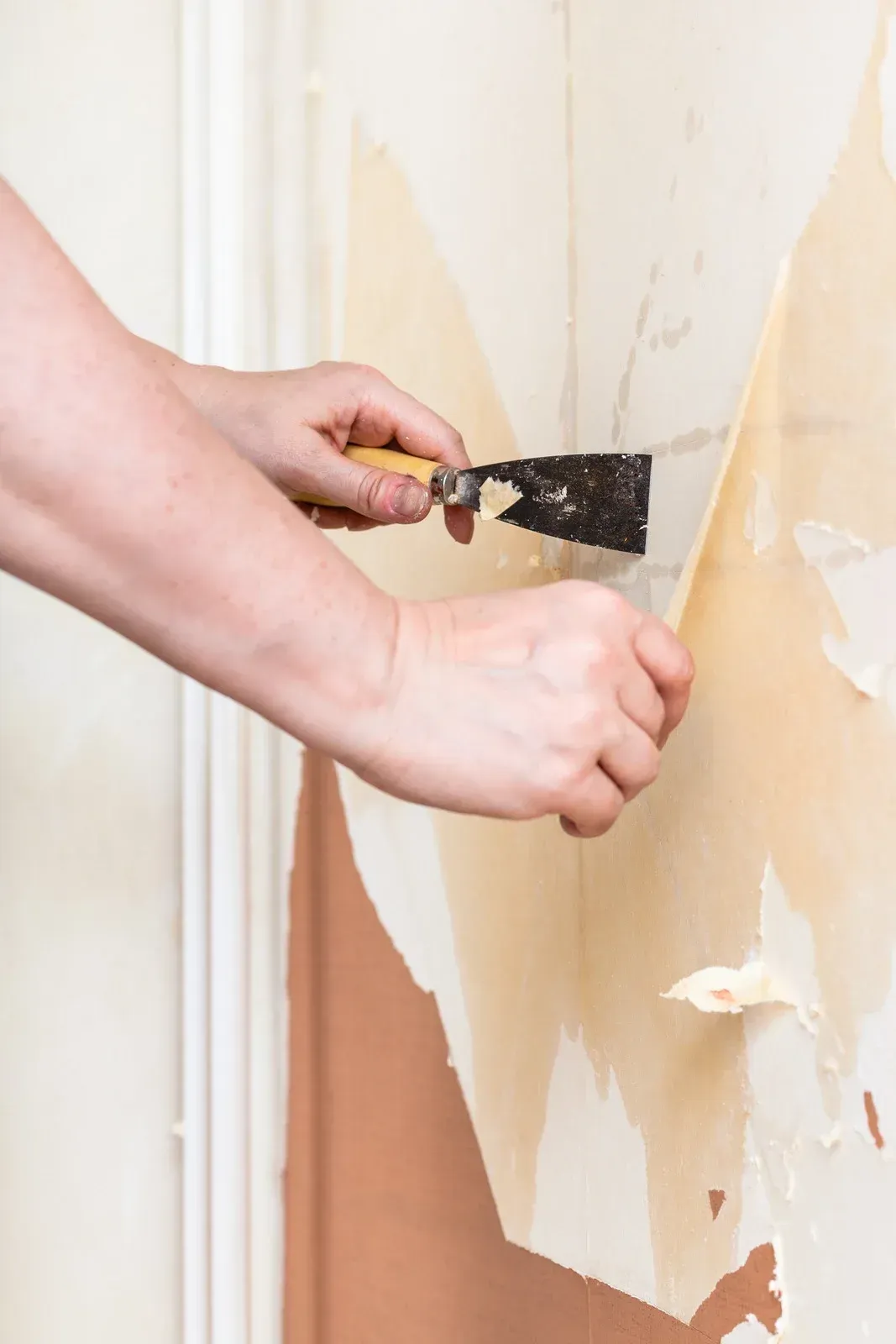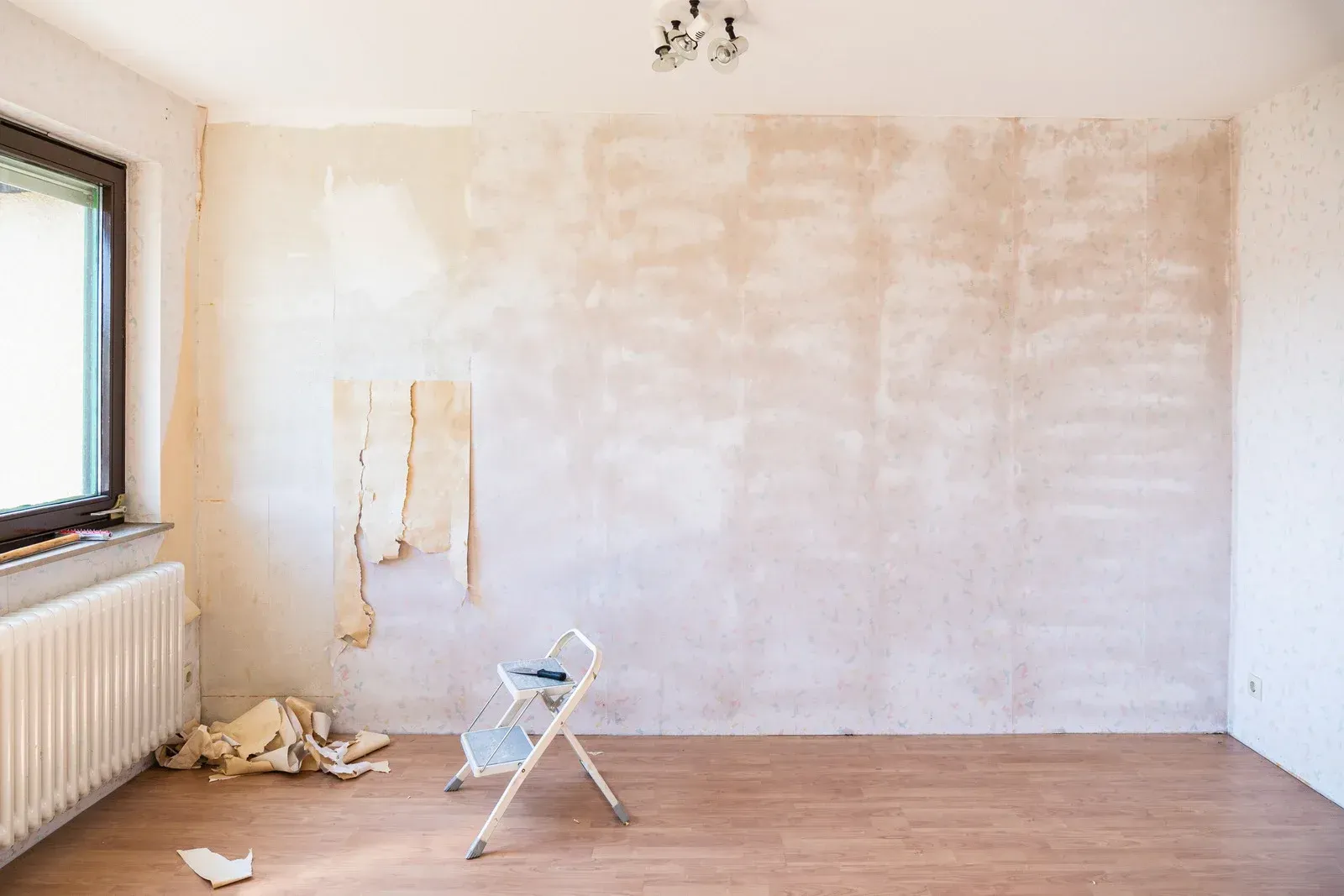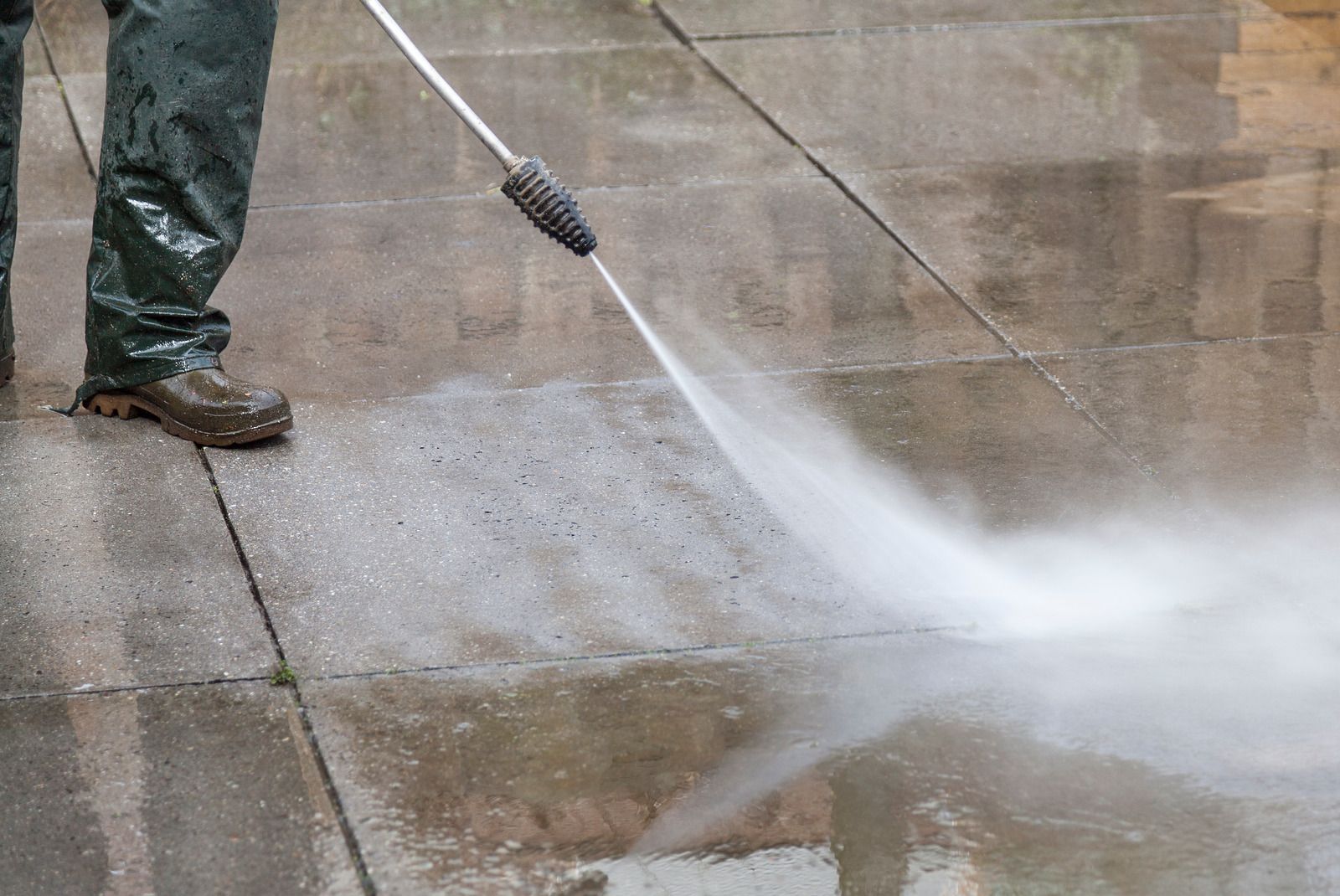GET A FREE QUOTE TODAY - CALL US 843-870-8368
Expert Drywall Repair Techniques: Patching to Texturing
Drywall is known to all. It is commonly used in the construction industry. People use drywall in walls and ceilings. It is a material which promises durability. It might cause a lot of damage from everyday wear and tear, accidents, or structural issues. You must know when to call experts to repair drywall so that your money can be saved. The interior of your home can remain looking its best. Here, we will discuss how expert drywall repair techniques, from patching small holes to achieving a flawless finish with texturing.
Assessing the Damage
Before starting any repair, it's crucial to assess the extent of the damage. Small holes can be fixed easily by patching with joint compound. When the holes have become larger, they may require framing or backing to provide a sturdy base for the patch. The main reason behind the formation of cracks is settling after the structure is built, or structural issues. They need to be looked into to prevent further damage. Usually a professional will take care of this for you.
Tools and Materials
For a professional drywall repair, essential tools and materials include joint compound or a spackle, a putty knife, sandpaper in various grits starting at 120, drywall tape, primer, paint, and, depending on the desired finish, a variety of texturing tools. Your service provider will carry all these tools. If you can identify them, the process will be easier for you to understand.
Professionals Patching Small Holes
To patch a small hole in drywall, professionals follow these steps. They will clean the area by removing any loose debris or paint. They can use a putty knife to apply a thin layer of joint compound to the hole. If the hole is larger than a quarter, they will embed a strip of drywall tape in the joint compound. After the first coat dries, the expert will apply a second coat to ensure a smooth surface. Once the joint compound is dry, they sand the area with 120-grit sandpaper to remove any bumps or ridges.
Repairing Large Holes
Repairing large holes in drywall requires a more involved process. If the hole is large, they cut out the damaged section of drywall to create a clean, square opening. For holes larger than a few inches, they install a piece of drywall or plywood behind the opening to provide support. They cut a patch of drywall to fit the opening and secure it in place with drywall screws. An expert will cover the seams and edges of the patch with joint compound and repeat as needed until the surface is smooth. They end with sanding the repaired area and applying primer and paint.
Texturing
Texturing can help disguise imperfections and add visual interest to your walls. Popular texturing techniques include orange peel which creates a textured surface similar to an orange peel. Skip trowel produces a random pattern of bumps. A knockdown creates a smooth surface with subtle texture.
Professionals achieve a flawless textured finish as they prioritize quality materials, such as high-grade joint compound and tools, to ensure optimal results. Patience is key, as they allow each coat of joint compound to dry thoroughly before applying the next. Sanding is essential for achieving a smooth, even surface. Finally, priming the repaired area before painting ensures proper paint adhesion and a uniform base for the final coat.
Hire a team who can effectively repair drywall damage and restore your home's interior to its original beauty.
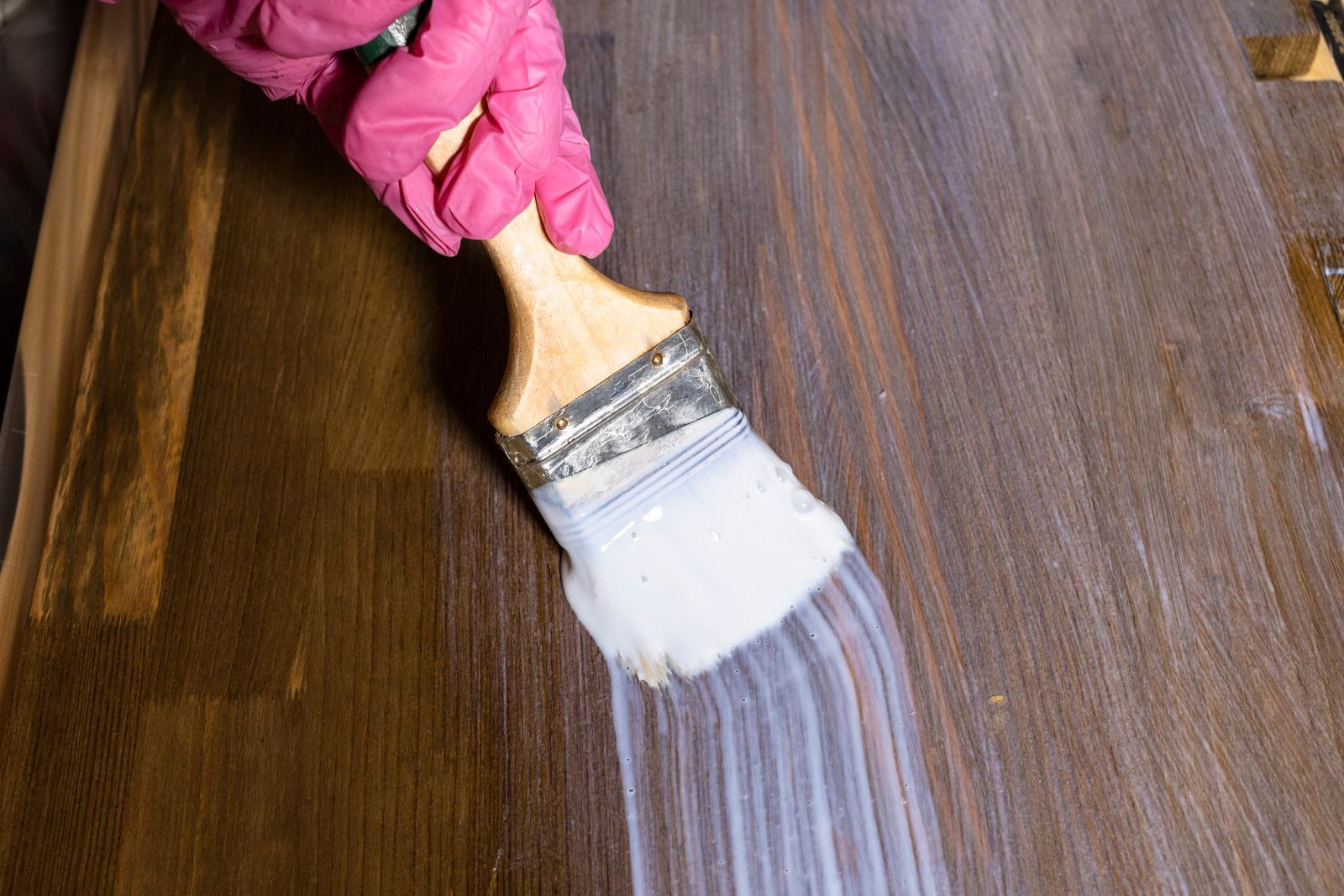
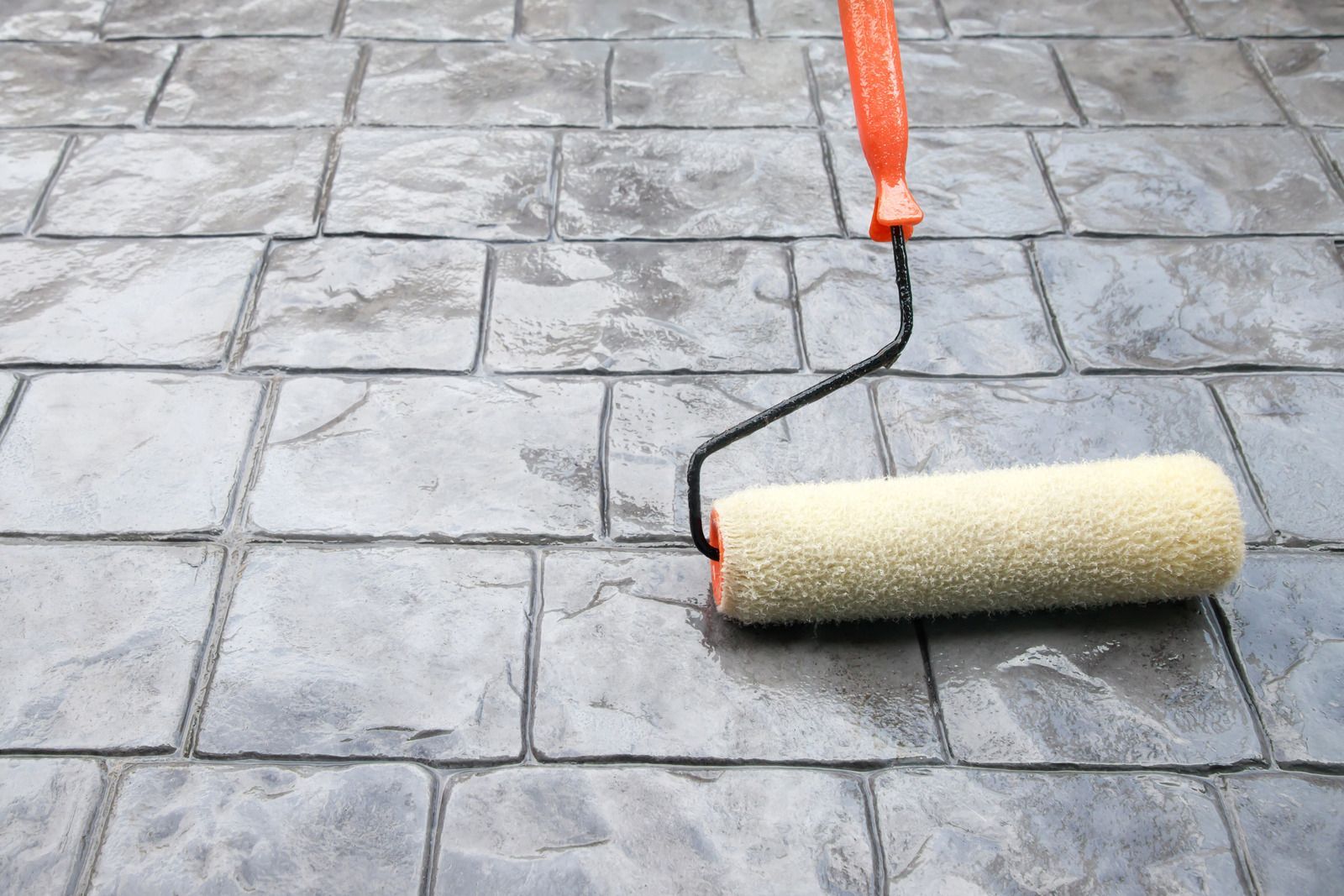
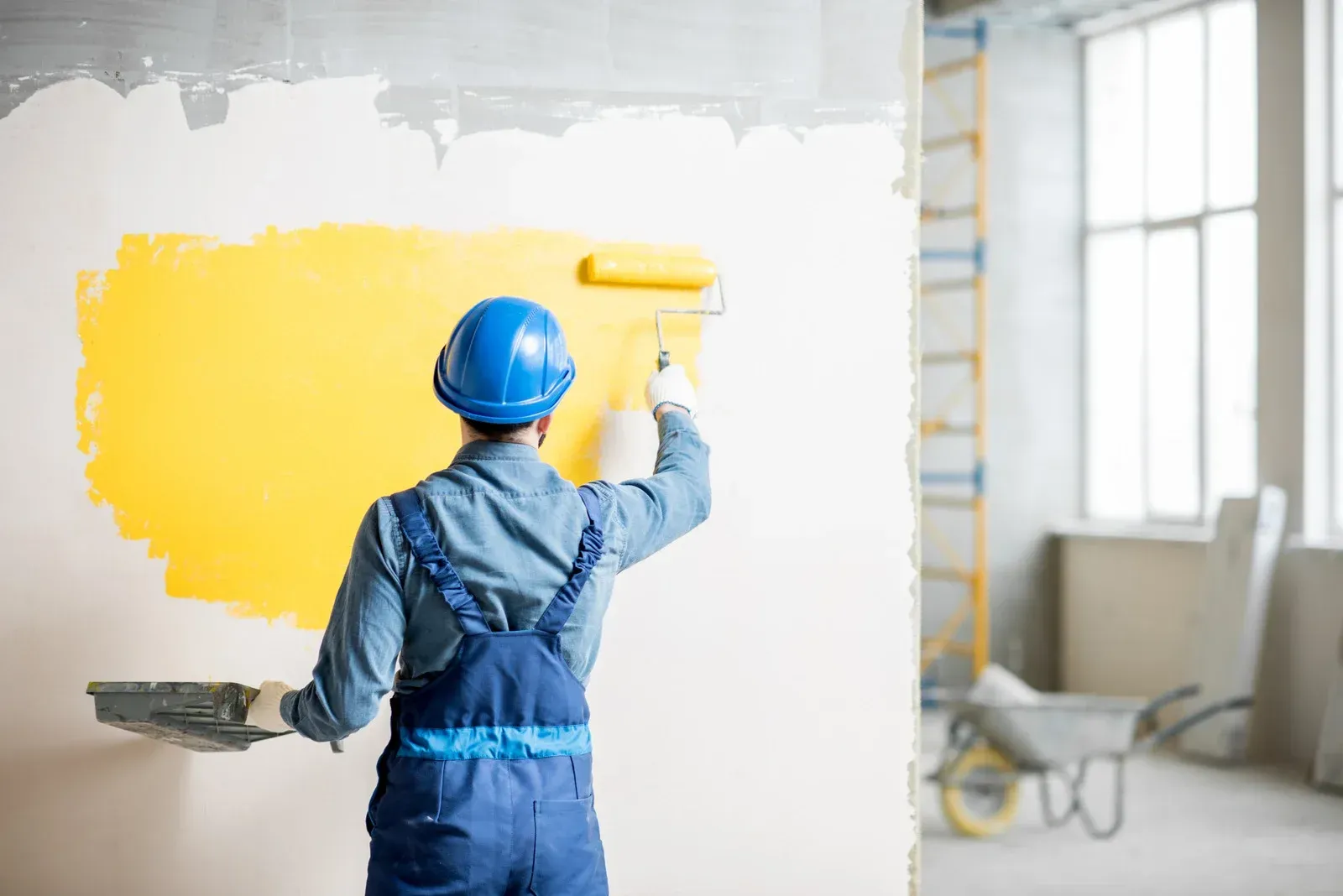

Quick Links
Services
